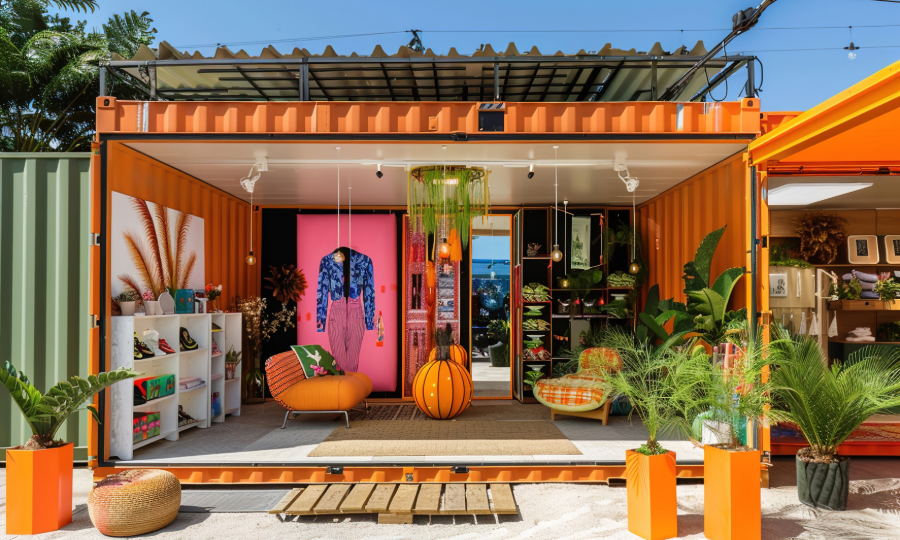
Trends in Pop-Up Activations: What’s Shaping the Future of Temporary Retail
Pop-ups have transformed over the past decade. No longer limited to simple short-term retail, they’ve become creative platforms for brands to connect, experiment, and offer memorable experiences. As consumer expectations evolve, brands are pushing boundaries—leading to some exciting new trends in how pop-ups are designed and delivered.
Here’s a look at the key trends currently shaping the future of pop-up activations:
1. Hyper-Curated, Immersive Experiences
Today’s pop-ups are all about storytelling. Rather than focusing solely on products, brands are designing entire environments that immerse visitors in their world—through interactive installations, themed décor, sensory elements, and curated atmospheres.
This trend has also changed how organisers approach venue selection. Flexible, customizable spaces—like minimalist showrooms, private villas, or industrial lofts—are in high demand, giving brands the freedom to craft a fully immersive, branded experience from the ground up.
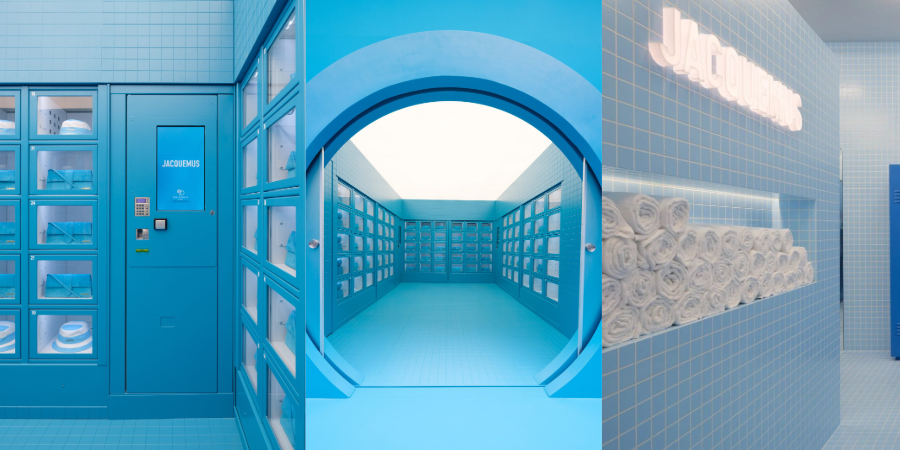
2. Collaborations with Local Restaurants, Bars & Coffee Shops
A growing trend is pop-ups hosted in partnership with local businesses, particularly in the hospitality sector. Brands are teaming up with restaurants, bars, and cafés to host events that not only draw their target audience but also tap into the venue's existing loyal community.
This approach helps create authentic, community-driven experiences and allows for cross-promotion. For organisers, booking platforms now often list these types of venues, simplifying the process of connecting with local business owners and arranging collaborations.

3. Unconventional Locations for Unique Experiences
Pop-ups are increasingly appearing in unexpected places. Rooftops with panoramic views, secret gardens, mountain chalets, beachfront villas, and art galleries—these venues offer something different and unforgettable.
Finding such unique spaces used to be a logistical challenge, but digital platforms now provide easy access to a variety of unconventional locations, helping brands stand out and deliver distinctive experiences.
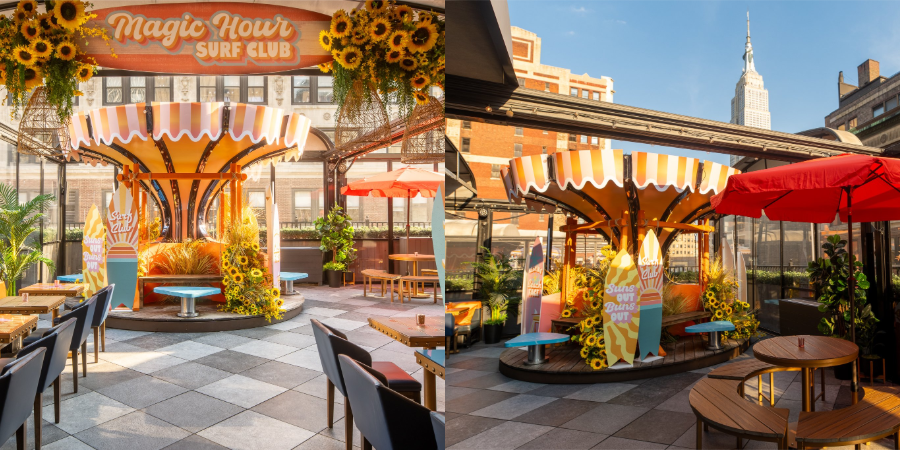
4. Purpose-Driven & Sustainable Pop-Ups
Sustainability is no longer optional—it’s essential. Brands are integrating eco-friendly practices into their pop-up activations, from using sustainable materials to partnering with local, ethical suppliers.
Many organisers are also choosing venues that align with these values, such as spaces that prioritize eco-conscious operations or work with local artisans. Being able to filter venue options based on sustainability criteria has become a key advantage when planning purpose-driven events.
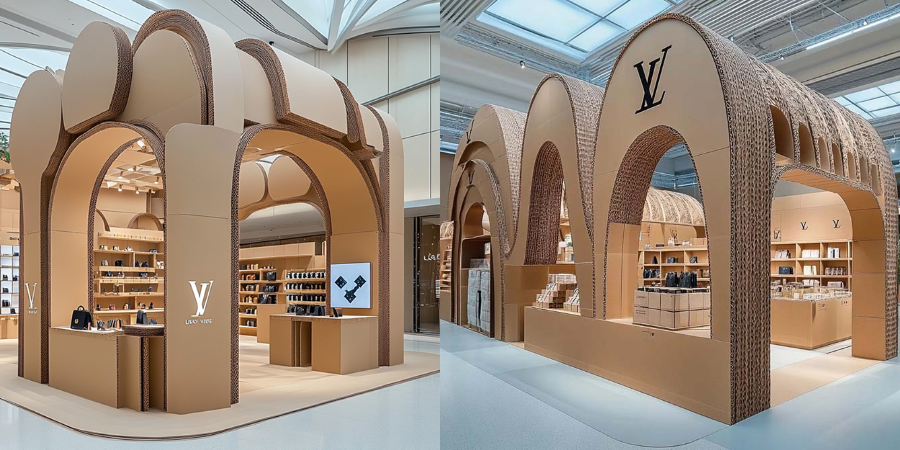
5. Integration of Digital & Physical (Phygital) Elements
The line between physical and digital continues to blur. Brands are incorporating technology into pop-ups—whether via QR codes, augmented reality experiences, or livestreamed elements—extending engagement beyond the event itself.
For this reason, venues with strong Wi-Fi, flexible layouts, and digital infrastructure are increasingly preferred. Organisers now have access to platforms that clearly highlight these features, making it easier to choose the right space for phygital activations.
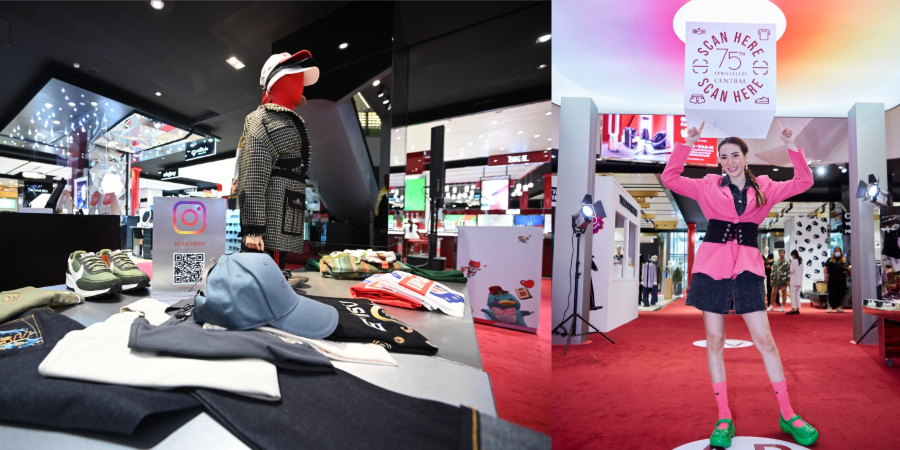
6. Short, High-Impact Pop-Ups
Another trend gaining momentum is the rise of ultra-short activations. Some pop-ups last just a day or even a few hours, creating buzz through exclusivity and urgency.
With flexible, short-term venue rental options now widely available, brands can easily execute these fast, high-impact events without being tied to long-term commitments.
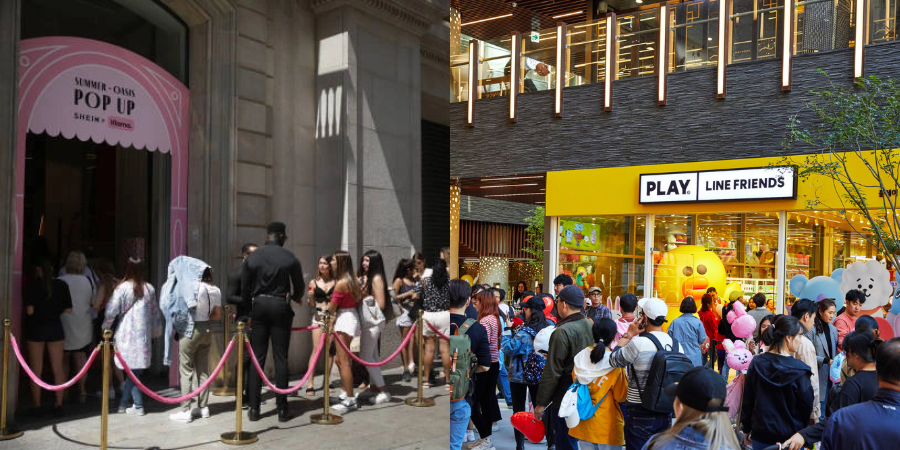
Final Thoughts
Pop-up activations are evolving, blending creativity, sustainability, community, and digital innovation. As brands seek more immersive and unconventional experiences, the ability to quickly find and book the perfect space—whether it’s a rooftop, private villa, or local café—becomes essential.
For organisers looking to stay agile and ahead of these trends, platforms that simplify access to unique, flexible venues make the process smoother and more efficient—leaving more room to focus on what matters most: creating unforgettable experiences.